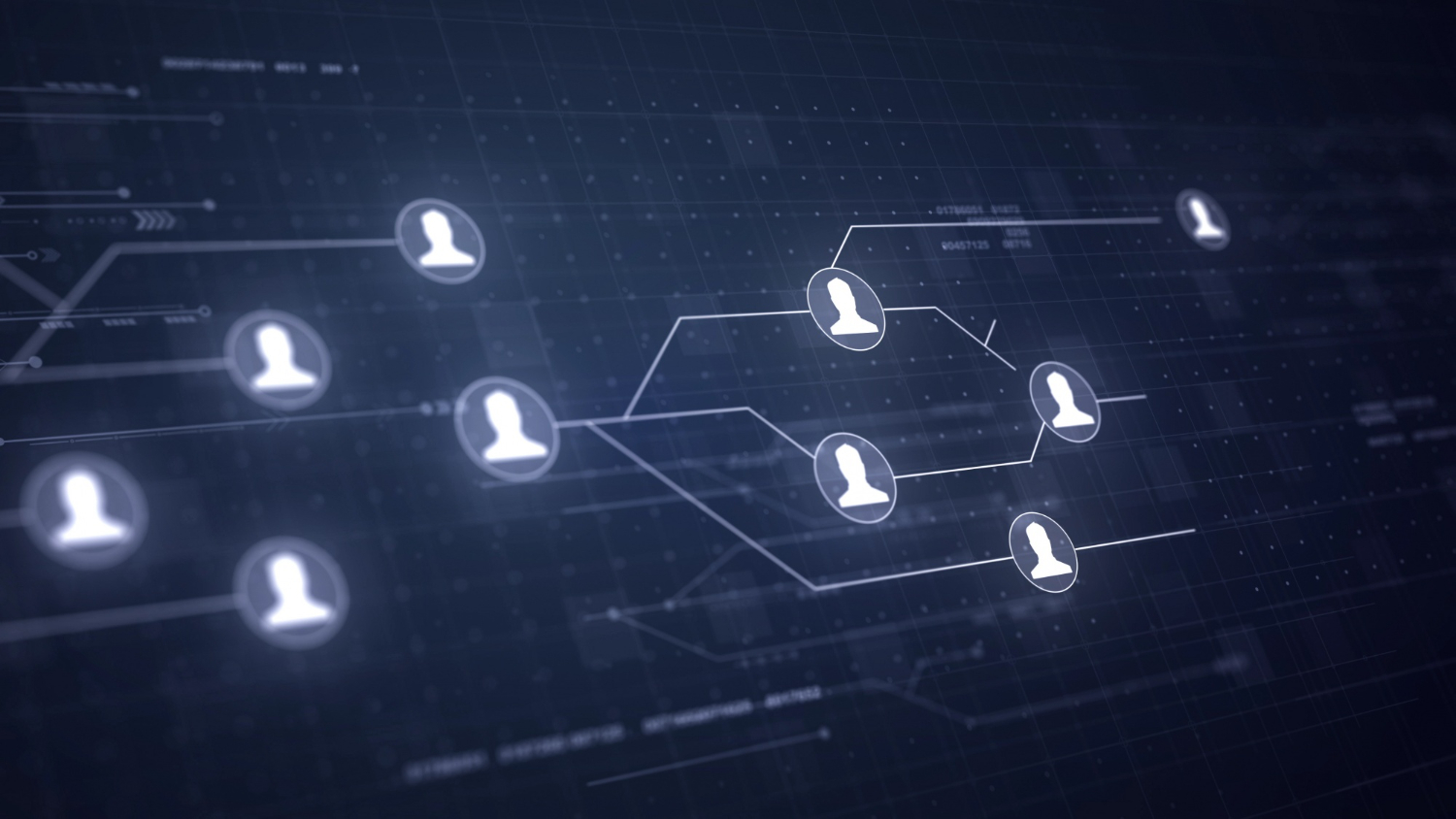Data Communication and its standard types and Components

The Data Communication model refers to when two or more computers exchange information, directions, and resources. In short, it is a method or activity that enables data transmission and reception.
Additionally, a network of computers considers a connected group of independent computers. When a computer works as autonomously, it cannot start, shut down, or command another computer.
These days, digital marketers must use data, learn it, and fully benefit from it to increase options, nurture customer engagement, and recover investments.
Likewise, data provides essential details about the customers’ preferences, tastes, and thought processes. Today we will discuss data communication and its types and advantages in the modern technical world and online marketing.
What is data communication in general terms?
Generally, data exchange between two or more networked or connected devices is called a data communication model. These devices transmit and receive data over a communication medium, such as laptops, mobile phones, and personal computers.
However, data communications exchange information between user computers, terminals, and application programs. This data communication network occurs in its most basic form when two devices connect directly by a point-to-point transmission medium.
Firstly, we must understand what source and receiver mean when learning data communication. Furthermore, Source and receiver terms describe the devices transmitting and receiving data.
Moreover, Data communication doesn’t create information at the source or the receiver; instead, it seeks to transfer and maintain data throughout the process.
On the other hand, Datum results from calculations or experiments that provide information, facts, statistics, or similar things. Similarly, these established practice systems process the facts and data collected this way. Further, data can be available in various formats, including numbers, text, bits, and bytes.
Briefly describe the components of data communication.
In addition, a data communication system may use data transmission circuits to gather data from distant locations and then output processed data to those locations.
Nonetheless, different data communication methods have evolved gradually to offer better features and options or enhance existing techniques. When choosing business data communication systems, one must deal with terms like baud rate, modems, routers, LAN, WAN, TCP/IP, and ISDN.
Therefore, reviewing, comprehending, and keeping up with the evolving data communication & networking techniques look essential that keeping you updated on the latest online marketing techniques.
Data Communication Model and Components
Message
Sender
Receiver
Transmission medium or communication channels
The protocol (set of rules)
Explain the types of Data communication in brief.
Data communication categories
Simplex communication:
It includes one-way or unidirectional communication where one device only receives data, and another only transmits data, using the full capacity of both devices. For example- IoT, data entry using a keyboard, playing music through speakers, etc.
Half-duplex communication:
This type of communication exists as two-way or bidirectional; both devices can send and receive data, but not synchronously. Here, one device sends data while another only receives it, and vice versa, eg.-a, walkie-talkie, for instance.
Full-duplex communication:
Last but not least
As discussed above, the Data communication model is the exchange of data using a transmission medium, like a wire cable, between a source and a receiver.
Hence, local data communication occurs when communication devices locate within the same building or keep similar geographical confinement. For more informative posts like this, visit swapithub.com.
